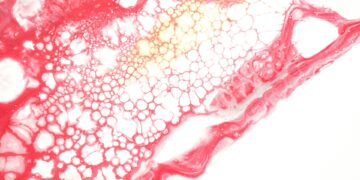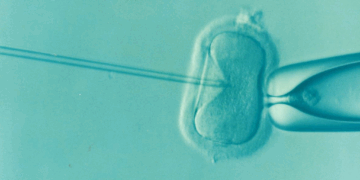The risk is growing.
A 13-year-old boy presented to a clinic with a rapidly swelling neck, puzzling doctors. Initial tests did not support their first hypothesis, but further examination revealed the issue was iodine deficiency, something that had been largely eradicated decades ago through the addition of iodine to table salt, bread, and other foods.
Iodine, a trace element found in seawater and some soils, plays a vital role in the regulation of metabolism and brain development in children. When iodine levels are low, the thyroid gland works overtime to compensate, often resulting in an enlarged neck, known as a goiter. In the early 20th century, iodine deficiency was widespread, particularly in regions of the U.S. known as the “goiter belt,” leading to developmental issues in children, including a syndrome known as “cretinism.”
To combat this, public health experts introduced iodized salt in the 1920s, and by the 1950s, over 70% of U.S. households used it. Bread and other products were also fortified, making iodine deficiency rare. However, changing dietary habits, including the widespread consumption of processed foods and the use of non-iodized salts like kosher and Himalayan salt, have contributed to a resurgence of iodine deficiency, particularly among children and pregnant women.
Recent studies have shown that iodine intake in the U.S. has declined by about 50% since the 1970s, and while most Americans still get enough iodine, concerns remain for vulnerable groups. Experts recommend 150 micrograms of iodine daily for pregnant and breastfeeding women, yet surveys indicate that a significant number of these women are deficient, with some prenatal vitamins lacking iodine. Mild iodine deficiency has been linked to lower IQs and language delays in children, although more research is needed to fully understand the long-term impact.
Health professionals, like Dr. Monica Serrano-Gonzalez, have observed iodine deficiency in children, particularly those with restricted diets, and urge greater awareness of the importance of iodine. While iodine deficiency was once nearly eradicated, its resurgence underscores the need for vigilance in ensuring that all populations, especially the most vulnerable, receive adequate amounts of this essential nutrient.

































Discussion about this post